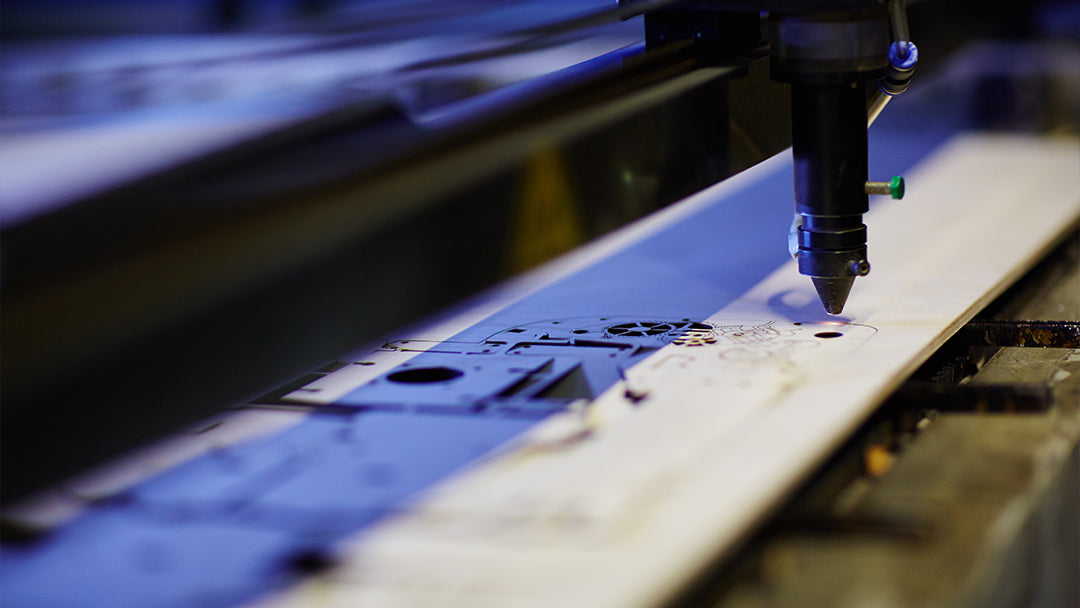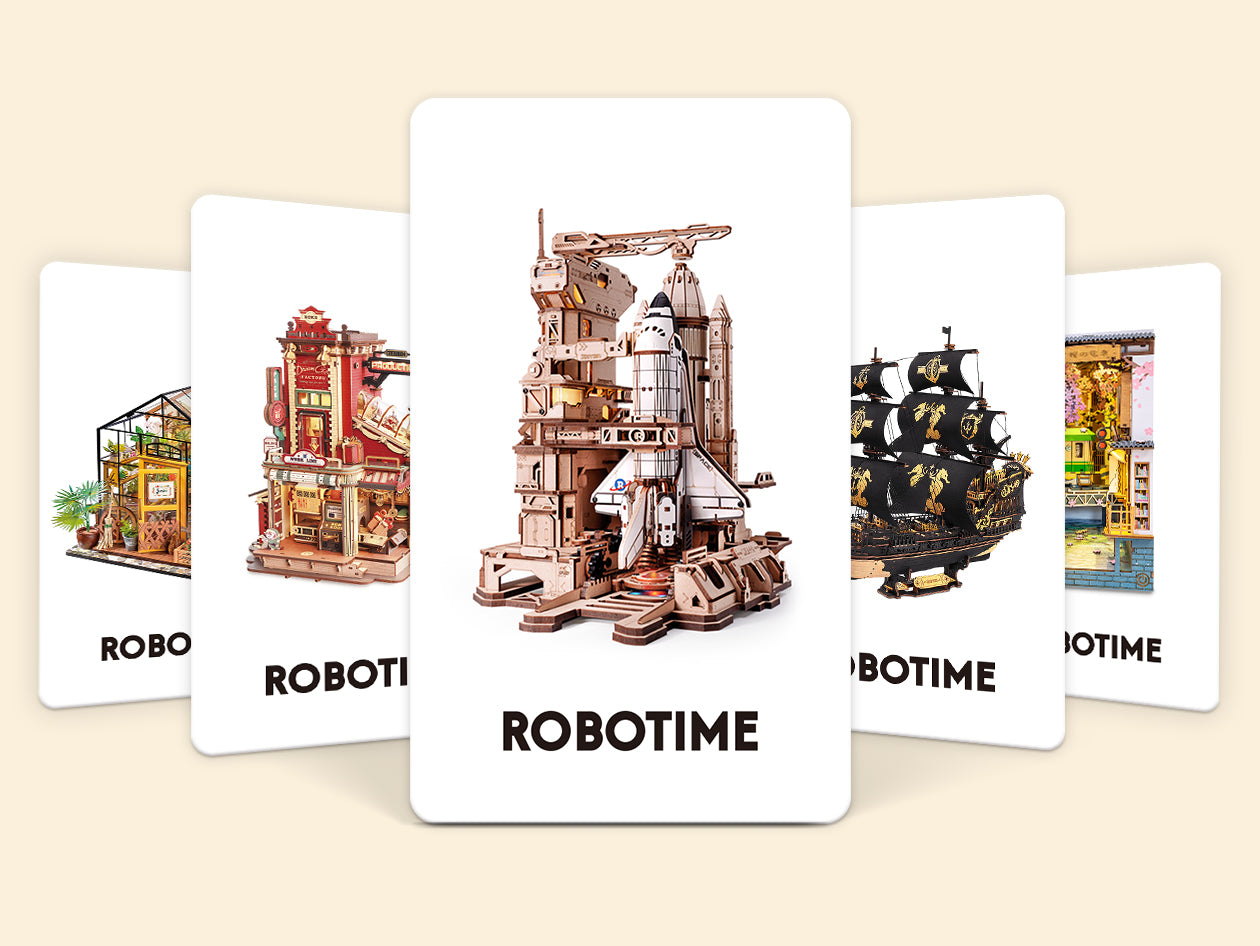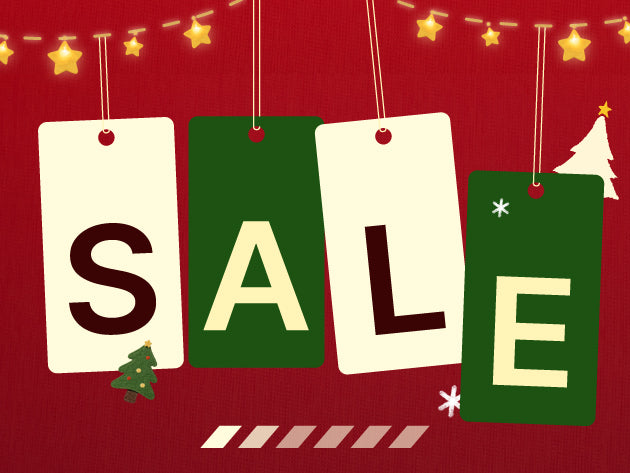
Wood is one of the most popular crafting materials because of its natural beauty, availability, sturdiness, versatility and easiness to work with, especially with the invention of laser cutting machines. However, while many types of wood are compatible with laser cutters, only some will give you the best results.
In this post, we’ll be guiding you in finding the best type of wood for your laser cutting project and take you through your different options.
What Is Laser Cutting Wood?
Laser cutting has made woodworking faster and more precise and cost-effective than ever, allowing for complex shapes, designs, and patterns that would otherwise be difficult to achieve with traditional tools. An intense beam of light is directed on the wood to make a clean cut without fraying and splintering.
The quality of the laser cut wood depends on various factors like thickness, density, structure, color, moisture, resin content, and texture. Even a wood’s earlywood and latewood versions give different results when laser cut.
You’ll also want to make sure that the wood you choose is suitable for the type of laser-cutting machine that you have. For example, a 10W diode laser is good enough for most DIY projects, but you’ll need a CO₂ laser for professional projects.
Common Types of Wood for Laser Cutting
Here are the different types of wood that are commonly used for laser cutting.
1. Walnut

Walnut is a chocolate brown hardwood with straight, irregular grains. It is moderately dense so you’ll need a 50W laser for cutting, though a 20W laser should be sufficient for engraving. However, since this type of wood is already dark, you’ll need deeper engravings to make noticeable results.
Walnut is very expensive since there’s great demand for it yet there’s low supply due to its slow growth rate.
2. Bubinga

Bubinga is a beautiful wood from the African regions with either straight or interlocked grains with distinct annual rings. It’s a very strong and heavy hardwood with colors that range from pinkish red to dark reddish brown with dark purple or black streaks. Due to its endangered status, bubinga comes with a high price tag but still has decent availability.
To give you an idea, a 50W laser cutter without a fire suppression system needs to run at 20% speed and 100% power four times to cut through an ⅛ inch piece of bubinga with minimal surface burning. That said, it engraves beautifully even with the standard settings for wood.
3. Basswood

Basswood is a popular wood for laser cutting because of its affordability and low grain density which makes it soft and easy to work with. This beginner-friendly wood has a pale brown or creamy white color which results in dark prominent engravings that are pleasing to the eye. A 20W diode laser can cut a 10mm thick basswood sheet in one go.
4. Maple

Maple is a strong wood with evenly distributed wavy grains and a smooth surface. Though this off-white or yellowish wood is hard to work with, you get an excellent payoff because it finishes wonderfully and allows for intricate details. This is why a lot of people consider maple the best wood for laser engraving photos.
A 70W laser at half-power is good enough to cut through a 6mm thick sheet of maple. For engraving, a 40W laser should do the trick.
5. Birch

Birch is a hardwood with fine and even grains and plain, wavy patterns that make it suitable for laser engraving. Its color ranges from cream to light reddish brown. Birch wood is one of the least expensive that you’ll find, but it requires treatment and coating to make it durable.
A full-powered 40W laser is suitable for a 6mm thick sheet of birch. However, thicker sheets can lead to burning. On the other hand, engraving birch wood results in a dark brown shade that complements its creamy color.
Aside from solid pieces of birch wood, there are also birch plywoods available that are great for laser cutting due to its reliability and workability.
6. Alder

Known as the poor man’s cherry, alder is another type of wood that’s great for beginners due to its affordable price and pliable nature. This soft hardwood has a light brown-tan color that changes to a darker reddish brown over time. It’s moderately dense, with straight and even grains and minor streaking.
When operated at full power, a 35W laser cutter can slice through a thin sheet of alder at a rate of 64mm/s. When used in engraving, the dark etching provides a high contrast to its light shade. It can also take in detailed work thanks to its smooth surface.
7. Poplar

Rounding off our list of laser-cutting woods is poplar, a fine-grained and smooth-textured wood that’s readily available at an affordable price. Just like alder, it’s one of the softer hardwoods that you’ll find, making it easy to work with. It has light brown to creamy yellow hues that result in black to dark brown etchings when laser engraved.
One thing you need to remember is that laser cutting poplar produces a lot of smoke so it’s best to have an exhaust system before working on it. A laser cutting machine with 20 to 40W of power should be enough for poplar wood.
Tips for Choosing Woods to Laser Cut
If you’re still on the fence about what wood to choose for your laser-cutting project, check out these factors to consider that affect a piece of wood’s laser-friendliness.
1. Resin or Sap Levels
The resin or sap levels of your wood can significantly affect your end-product. The laser beam burns the resin, so wood with high resin content will burn darker while those with low resin content will leave lighter etchings.

Interestingly, the season when the wood was harvested and which part you’re using can impact its resin content. For example, tree sap is concentrated in the lower portion of the trunk during autumn so wood from its lower portion will burn darker while the upper part will leave lighter engravings.
2. Grain and Streaking
Streaking occurs when a wood’s alternating grain colors are vastly different. A highly-streaked wood can affect the clarity of laser engravings so it’s best to stick to wood with minimal streaking for clear, desirable results.
3. Shade or Hue
For laser engraving, it’s better to choose lighter-colored wood to get darker, more prominent etchings. Engraving dark-shaded wood, even those with high resin content, produces etchings that are harder to see.
4. Moisture Level
Dryer pieces of wood are more susceptible to burning, rendering charred designs and cuts. One workaround is to immerse the wood in water before laser cutting.
5. Softwood or Hardwood
Softwood and softer hardwoods are more affordable, lighter, and paler in color. However, their combination of soft and tough grains can make laser cutting tricky. Plus, they require more care since they’re not that durable and weather-resistant. A laser cutting machine with 40W power and below is enough to cut 6mm thick sheets.
On the other hand, hardwoods are denser, darker in color, more expensive, and require more laser power. You’ll need a full-powered 45W laser at a slow feed to cut 6mm sheets and two passes of a 90W laser to cut 12mm sheets. They also produce more smoke during laser cutting so you might need a good ventilation system. That said, they are weather-resistant and sturdy.
6. Plywood
Laser-compatible plywood with evenly distributed grain is available on the market. Look for birch, bamboo, beech, and hoop plywood for neater cuts and engravings. The chemicals they contain will cause fumes so make sure you have an exhaust system in place.
7. Thickness
Keep in mind your laser cutting machine’s capability when choosing wood thickness. Thicker pieces of wood require more laser power and passes. You’ll also need a blower or air assist feature to keep the burning area cool and blow away flammable residues.
You should also avoid the following woods when it comes to laser cutting and engraving:
- Oily Hardwood - These smoke and stain during burning.
- MDF- These often contain formaldehyde, which releases toxic fumes under a laser. Plus, they get undesirable black staining around the cuts.
- Thicker Hardwood- These require multiple passes that increase the kerf width when engraving, weakening intricate details.
- Treated Lumber and Plywood with Formaldehyde- Lumber that has been treated with preservatives and plywood that uses formaldehyde-based glue releases hazardous fumes when laser cut.
Conclusion
A successful laser-cutting project starts with the right wood. Hopefully, this guide has equipped you with all the important information you need to help you get started on the right track.
If you’re new to laser-cutting wood, we recommend starting out with basswood and alder before moving on to harder and more expensive woods. It’s also advisable to test your laser-cutting machine and its settings on a small piece of your chosen wood first to ensure optimal results.
Robotime is a creative lifestyle company dedicated to designing and developing 3D puzzles, toys, and wooden handicrafts. Subscribe to learn more.


















Leave a comment
This site is protected by hCaptcha and the hCaptcha Privacy Policy and Terms of Service apply.